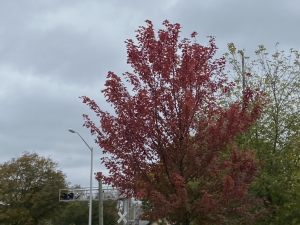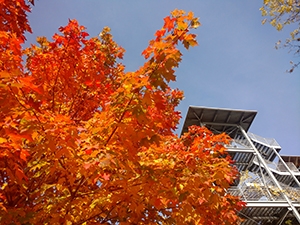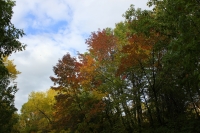
Why are the trees brighter than I remember?
Have you noticed that the leaves have changed into brighter colors then you remember them being in the past? If you haven’t, go take a walk outside and see what you think about the leaf color. The reason that some years the colors of leaves seem brighter than others is because of the temperature and cloud cover. For the leaves to get bright, they need several warm sunny days followed by nights where it does not freeze. If this happens continually then it will be a good year for reds and bright leaves.
Fall Colors: Behind the Scenes
It’s officially autumn! Time for pumpkins and sweaters and soaking up every moment of sunshine before winter hits. Fall is such a wonderful time of year. The entire forest turns into a spectacle of color and light — a showy and powerful promise from Mother Nature that if we huddle through these few cold months, she’ll be back and better than ever. Walking through the woods in fall, with a crisp silent breeze and only the sound of feet through dry leaves, one might think that the forest seems to be settling down for a big nap.
From the perspective of a tree, though, fall is an incredibly busy season.
Fall Colors: How and Why?
I recently read Matt Flower’s awesome post entitled “The Beauty of Fall Trees” where readers got a great overview of the magic of fall colors. After reading his post and looking at his stunning photos, I got excited to do a “piggy-back post” about the science behind autumn colors. Read on to find out more about what changes trees undergo in the fall: why do leaves turn colors? How do they change color? Why do individual trees change to certain colors while others change to a completely different color?
Copyright © 2023 The Urban Ecology Center





